Home>Furniture & Design>Bathroom Accessories>What Can You Use If You Don’t Have A Plunger
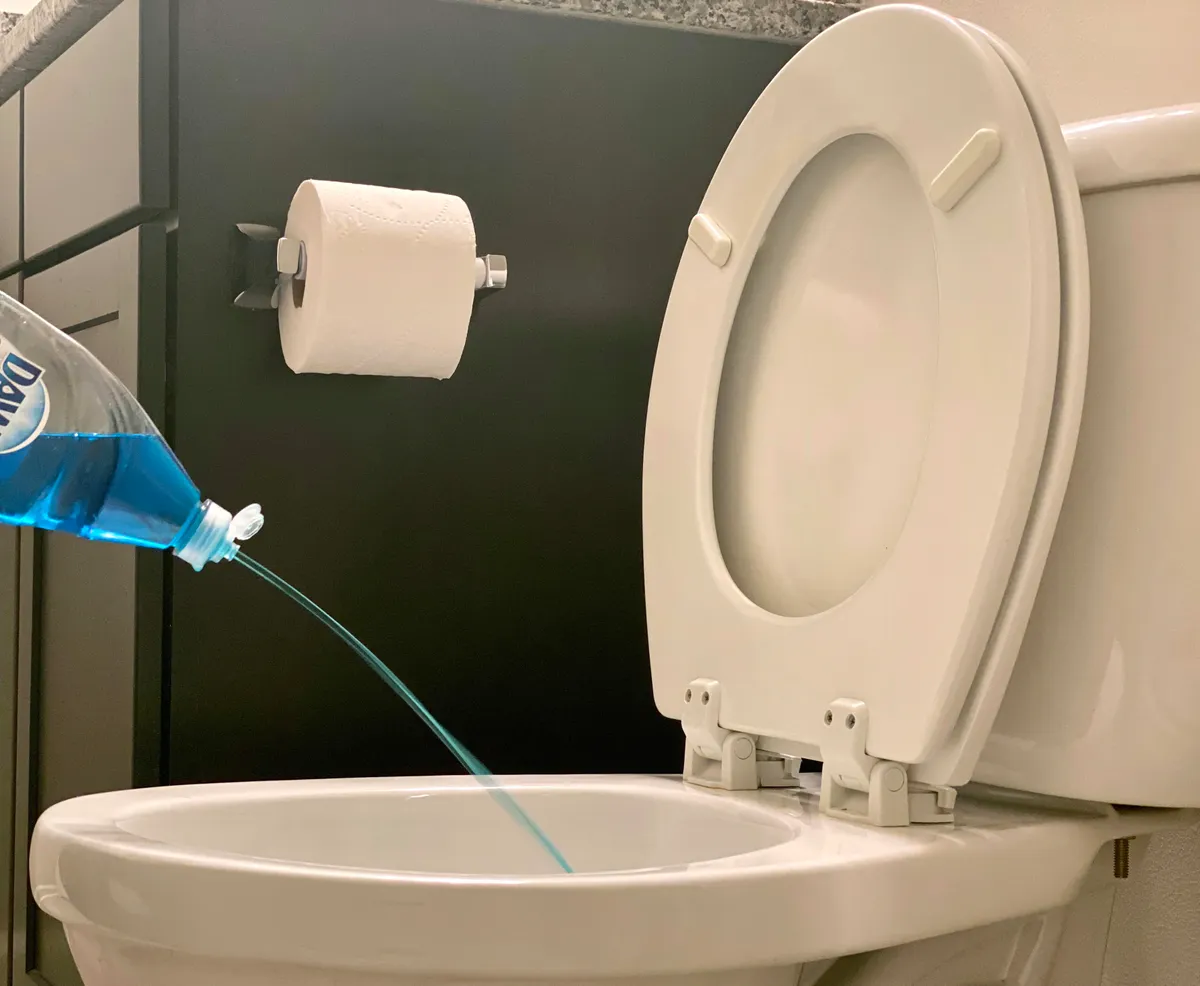

Bathroom Accessories
What Can You Use If You Don’t Have A Plunger
Modified: August 27, 2024
Discover alternative bathroom accessories to use when you don't have a plunger. Find effective solutions for unclogging your toilet without a plunger. Explore practical options for bathroom maintenance.
(Many of the links in this article redirect to a specific reviewed product. Your purchase of these products through affiliate links helps to generate commission for Storables.com, at no extra cost. Learn more)
Introduction
Dealing with a clogged toilet or sink can be a frustrating and inconvenient experience, especially when you don't have a plunger on hand. However, there's no need to panic or feel helpless in such a situation. There are several effective alternatives that you can use to unclog your toilet or sink without a traditional plunger. In this article, we will explore various homemade plunger alternatives that can come to your rescue when you find yourself without the trusty tool. Whether it's a wire hanger, baking soda and vinegar, hot water and dish soap, or a wet/dry vacuum, you'll discover practical and innovative methods to tackle clogs without the need for a traditional plunger. So, let's dive into these resourceful solutions and learn how to address clogs with items commonly found in your home.
Key Takeaways:
- Don’t panic if you don’t have a plunger! You can use a wire hanger, baking soda and vinegar, hot water and dish soap, or a wet/dry vacuum to unclog your toilet or sink. Get creative with everyday items to solve common plumbing challenges.
- No plunger, no problem! Try a wire hanger to dislodge clogs deep in the drain, or use baking soda and vinegar, hot water and dish soap, or a wet/dry vacuum for effective unclogging. Everyday household items can be your plumbing heroes!
Read more: What To Use When You Dont Have A Screwdriver
Homemade Plunger Alternatives
When faced with a clogged toilet or sink and lacking a traditional plunger, it's essential to know that there are effective homemade alternatives readily available. These innovative solutions can help you address the issue without the need for a store-bought plunger. From utilizing a wire hanger to harnessing the power of baking soda and vinegar, hot water and dish soap, or a wet/dry vacuum, these homemade plunger alternatives can be a game-changer in resolving clogs.
Each of these alternatives offers a unique approach to unclogging, providing a practical and resourceful way to tackle the problem. Whether you're dealing with a minor blockage or a more stubborn clog, these homemade alternatives can offer a viable solution, saving you from the inconvenience of a clogged toilet or sink.
By exploring these homemade plunger alternatives, you'll gain valuable insights into how everyday items can be repurposed to effectively address clogs. This knowledge can be empowering, especially in situations where a traditional plunger is not readily available. So, let's delve into each of these alternatives and discover the ingenuity behind these homemade solutions.
Using a Wire Hanger
When faced with a clogged toilet or sink and lacking a traditional plunger, a simple wire hanger can serve as an effective alternative tool for unclogging. This readily available item can be repurposed to create a makeshift tool that can help dislodge and remove obstructions within the plumbing.
To begin, straighten out the wire hanger as much as possible, leaving the hook intact. This will provide a long and flexible tool that can reach deep into the drain to dislodge the clog. Next, use pliers to bend the tip of the wire hanger into a small hook. This hook will act as a barb, allowing you to grab and pull out any debris causing the blockage.
Carefully insert the modified wire hanger into the drain, maneuvering it gently to avoid causing damage to the pipes. Once the hanger reaches the obstruction, use a gentle twisting and pulling motion to dislodge and retrieve the clog. It's important to exercise caution and patience during this process to avoid causing any damage to the plumbing system.
The flexibility and reach of the wire hanger make it an ideal tool for accessing and addressing clogs that are located deep within the drain. By utilizing this simple yet effective method, you can often dislodge and remove the blockage, allowing water to flow freely once again.
In situations where a traditional plunger is not available, the wire hanger method offers a practical and accessible alternative for addressing clogs in toilets and sinks. This resourceful approach demonstrates how everyday items can be repurposed to solve common household challenges, providing a valuable solution when a plunger is not at hand.
Using Baking Soda and Vinegar
When faced with a clogged toilet or sink and lacking a traditional plunger, the combination of baking soda and vinegar can serve as a remarkably effective alternative for unclogging. This natural and chemical-free method harnesses the power of a simple chemical reaction to break down and dislodge obstructions within the plumbing.
To initiate the process, start by pouring one cup of baking soda directly into the clogged drain. Ensure that the baking soda makes its way into the drain, allowing it to come into contact with the blockage. Next, pour one cup of vinegar into the drain, immediately following the baking soda. As the vinegar reacts with the baking soda, a foaming action will occur, creating a powerful force that can help dislodge the clog.
Allow the baking soda and vinegar mixture to work its magic for at least 30 minutes. During this time, the chemical reaction will generate foam and bubbles, exerting pressure on the obstruction and gradually breaking it down. This process can effectively dissolve organic matter, grease, and other common causes of clogs, helping to restore proper drainage.
After the designated waiting period, carefully pour hot water into the drain to flush away the remnants of the clog. The hot water will further aid in dislodging any remaining debris, allowing it to flow through the plumbing system and clear the obstruction.
The baking soda and vinegar method offers a natural, non-toxic, and environmentally friendly approach to unclogging drains. This homemade alternative can be particularly useful for addressing minor to moderate clogs, providing a gentle yet effective solution without the need for harsh chemicals or specialized tools.
By utilizing the chemical reaction between baking soda and vinegar, you can effectively address clogs in toilets and sinks, even when a traditional plunger is not readily available. This resourceful and eco-friendly method showcases the ingenuity of using everyday household items to tackle common challenges, offering a practical and accessible solution for maintaining functional plumbing systems.
Try using a mixture of hot water and dish soap to help break up the clog. Pour the solution into the toilet and let it sit for a few minutes before attempting to flush again.
Using Hot Water and Dish Soap
One of the simplest yet surprisingly effective homemade alternatives for unclogging a toilet or sink, especially when a plunger is not at hand, involves the use of hot water and dish soap. This method harnesses the combined power of heat and lubrication to dislodge and flush away obstructions within the plumbing system.
To initiate the process, begin by heating a pot or kettle of water on the stove or using a microwave. It's important to ensure that the water reaches a near-boiling temperature, as the heat will play a crucial role in breaking down the clog. While the water is heating, add a generous amount of dish soap to the clogged toilet or sink. The dish soap acts as a lubricant, helping to reduce friction and allowing the clog to move more freely.
Once the water is heated to the desired temperature, carefully pour it into the clogged drain in a slow and steady manner. The hot water will work to soften and break apart the clog, while the dish soap will help to lubricate the obstruction, making it easier to dislodge. It's important to exercise caution when handling hot water to avoid any potential accidents or burns.
After pouring the hot water and dish soap mixture into the drain, allow it to sit for a few minutes to work its magic. The heat and lubrication will gradually help to break down the clog, allowing it to move through the plumbing system and clear the obstruction. In some cases, you may hear the gurgling sound of the water as it begins to flow more freely, indicating that the method is effectively addressing the clog.
The hot water and dish soap method offers a straightforward and accessible approach to unclogging drains without the need for specialized tools or harsh chemicals. This homemade alternative can be particularly effective for addressing minor to moderate clogs, providing a gentle yet practical solution for restoring proper drainage.
By utilizing the combined power of hot water and dish soap, you can effectively address clogs in toilets and sinks, even when a traditional plunger is not readily available. This resourceful and straightforward method showcases the ingenuity of using everyday household items to tackle common challenges, offering a practical and accessible solution for maintaining functional plumbing systems.
Read more: If I Dont Have A Mixer What Can I Use
Using a Wet/Dry Vacuum
When faced with a stubborn clog in a toilet or sink and lacking a traditional plunger, a wet/dry vacuum can serve as a powerful and versatile alternative for unclogging. This method harnesses the suction capabilities of the vacuum to effectively dislodge and remove obstructions within the plumbing system, offering a practical solution for addressing challenging clogs.
To begin, it's important to ensure that the wet/dry vacuum is suitable for use with liquids. If the vacuum is designed to handle both wet and dry substances, it can be utilized to create a strong suction force that can help dislodge the clog. It's crucial to verify the compatibility of the vacuum for this purpose, as using an unsuitable vacuum may lead to damage or malfunction.
Once the suitability of the wet/dry vacuum is confirmed, prepare the vacuum for use by removing the dry filter and any attachments that are not conducive to handling liquids. This will allow the vacuum to effectively handle the water and debris present in the clogged drain. Additionally, ensure that the vacuum's hose is securely attached and positioned to create a tight seal around the drain opening.
With the vacuum prepared, set it to the liquid suction mode and position the hose directly over the clogged drain. Create a tight seal between the hose and the drain opening to maximize the suction force. Once the seal is established, activate the vacuum to initiate the suction process.
As the vacuum begins to create suction, it will effectively draw out the water and debris causing the clog, gradually dislodging the obstruction and allowing it to be pulled into the vacuum's chamber. It's important to maintain a steady and secure seal between the hose and the drain opening to ensure that the suction force remains focused on the clog.
Continue running the wet/dry vacuum until the clog is effectively dislodged and the water begins to flow freely through the drain. In some cases, you may hear the sound of the vacuum effectively pulling out the debris, indicating that the method is successfully addressing the clog. Once the clog is cleared, carefully empty the vacuum's chamber and clean the hose to maintain its functionality for future use.
The wet/dry vacuum method offers a robust and innovative approach to unclogging drains without the need for traditional tools. This homemade alternative can be particularly effective for addressing challenging and stubborn clogs, providing a powerful and versatile solution for restoring proper drainage.
By utilizing the suction capabilities of a wet/dry vacuum, you can effectively address clogs in toilets and sinks, even when a traditional plunger is not readily available. This resourceful and inventive method showcases the adaptability of everyday household items in tackling common challenges, offering a practical and accessible solution for maintaining functional plumbing systems.
Conclusion
In conclusion, encountering a clogged toilet or sink without a plunger can be a daunting experience, but with the knowledge of effective homemade alternatives, you can confidently address the issue using items commonly found in your home. The resourceful methods discussed in this article offer practical and innovative solutions for unclogging drains, showcasing the adaptability of everyday household items in tackling common challenges.
From repurposing a simple wire hanger to harnessing the power of baking soda and vinegar, hot water and dish soap, or a wet/dry vacuum, each homemade plunger alternative provides a unique approach to resolving clogs without the need for a traditional plunger. These methods offer a valuable solution, especially in situations where a plunger is not readily available, empowering you to maintain functional plumbing systems with accessible tools and techniques.
The wire hanger method demonstrates how a common household item can be transformed into a makeshift tool for dislodging and removing obstructions within the plumbing. Its flexibility and reach make it an ideal alternative for accessing and addressing clogs located deep within the drain, offering a practical and accessible solution when a traditional plunger is not at hand.
The combination of baking soda and vinegar presents a natural, non-toxic, and environmentally friendly approach to unclogging drains. This chemical-free method effectively breaks down and dislodges obstructions, providing a gentle yet effective solution for restoring proper drainage without the need for harsh chemicals or specialized tools.
Utilizing hot water and dish soap offers a straightforward and accessible approach to unclogging drains, harnessing the combined power of heat and lubrication to dislodge and flush away obstructions within the plumbing system. This simple yet surprisingly effective method can be particularly useful for addressing minor to moderate clogs, providing a practical and accessible solution without the need for specialized tools or harsh chemicals.
The wet/dry vacuum method showcases the adaptability of a household appliance in addressing challenging clogs. By harnessing the suction capabilities of the vacuum, this method offers a powerful and versatile alternative for effectively dislodging and removing obstructions within the plumbing system, providing a robust solution for restoring proper drainage without the need for traditional tools.
In essence, the homemade plunger alternatives discussed in this article highlight the ingenuity of using everyday household items to tackle common challenges, offering practical and accessible solutions for maintaining functional plumbing systems. By incorporating these resourceful methods into your problem-solving repertoire, you can confidently address clogs without the reliance on a traditional plunger, ensuring that you are well-equipped to handle unexpected plumbing issues with creativity and resourcefulness.
Frequently Asked Questions about What Can You Use If You Don't Have A Plunger
Was this page helpful?
At Storables.com, we guarantee accurate and reliable information. Our content, validated by Expert Board Contributors, is crafted following stringent Editorial Policies. We're committed to providing you with well-researched, expert-backed insights for all your informational needs.
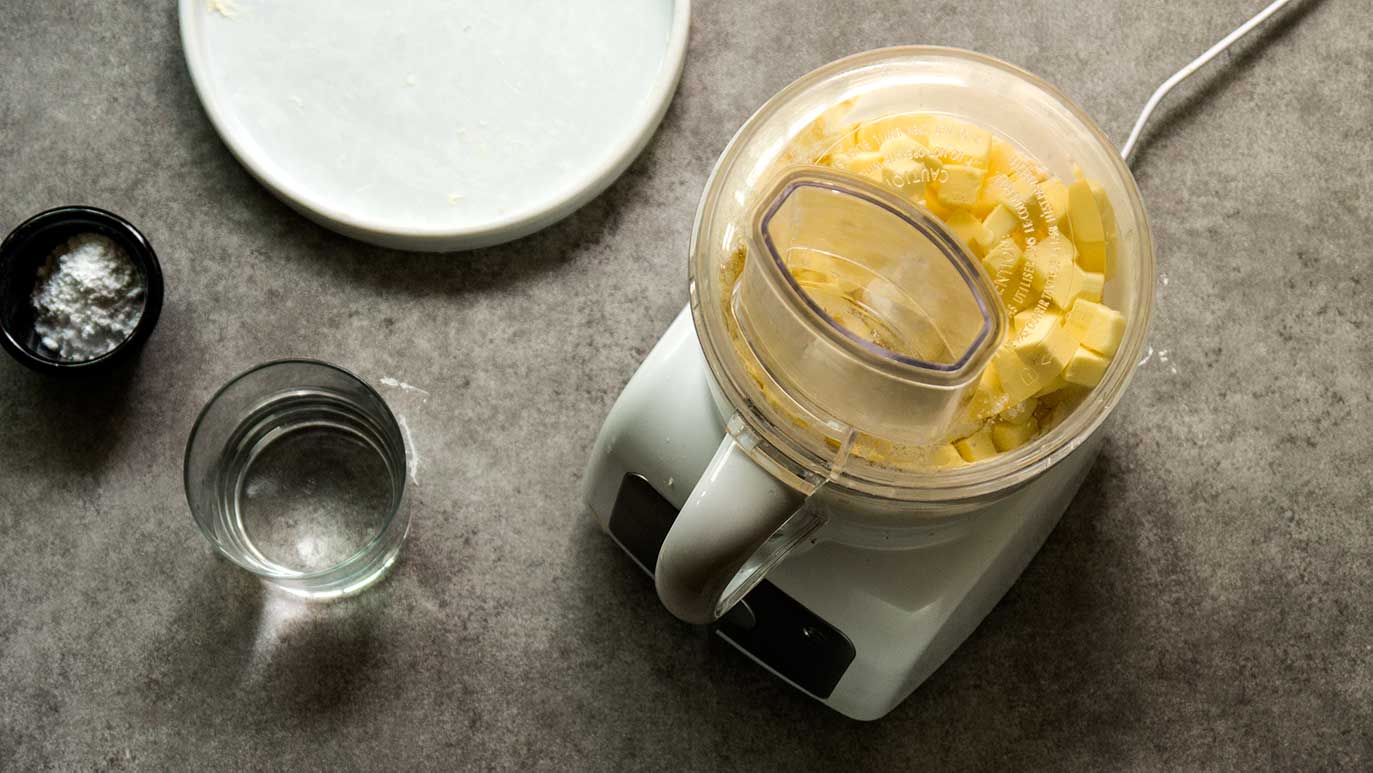
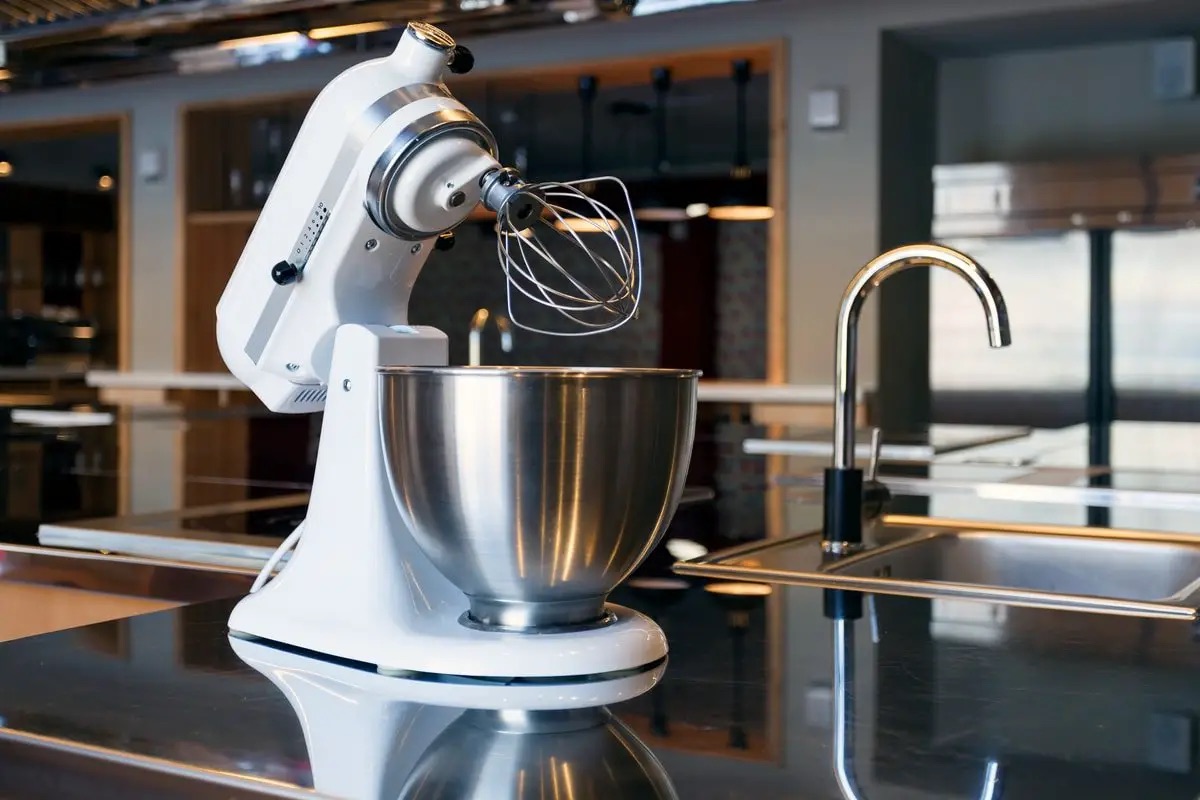


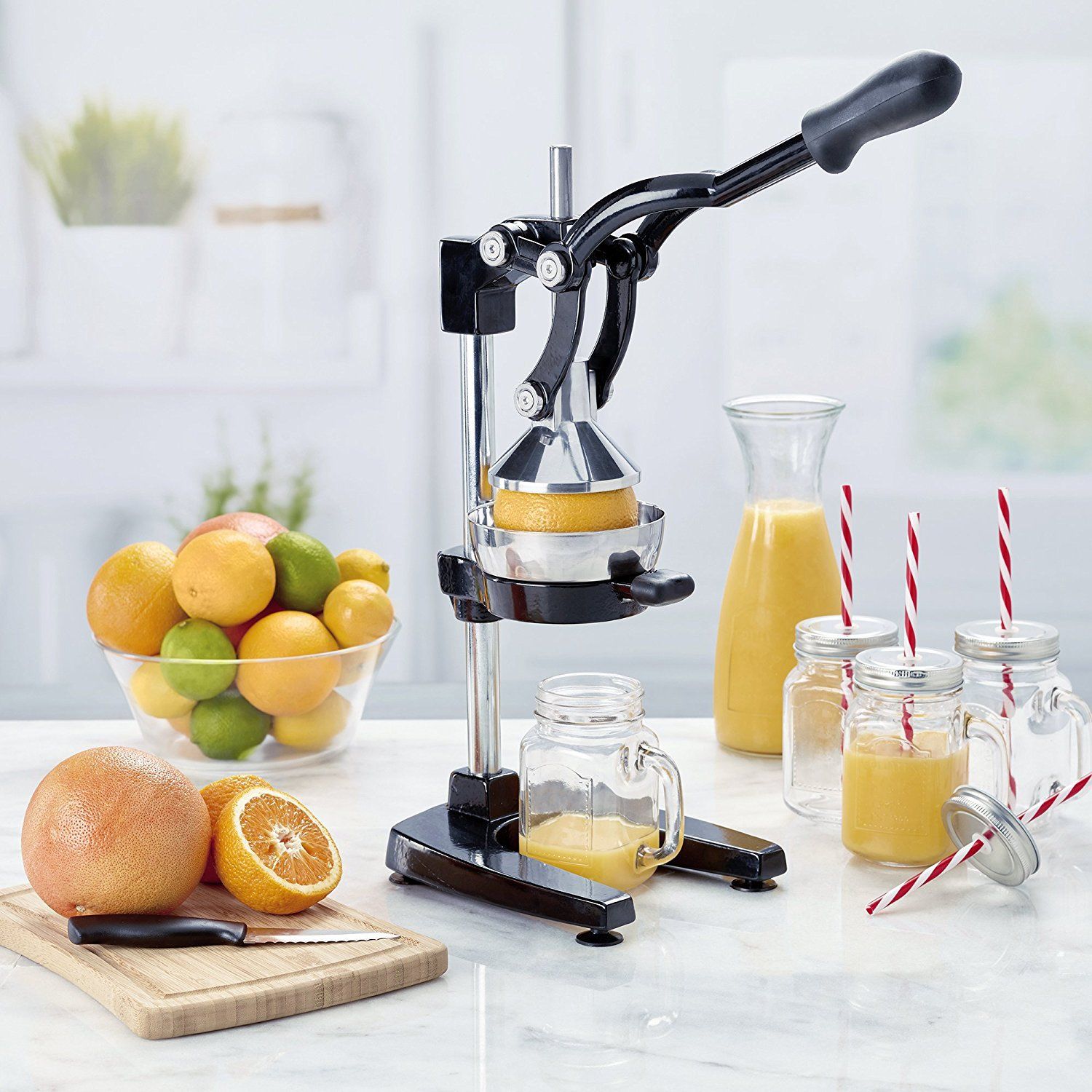
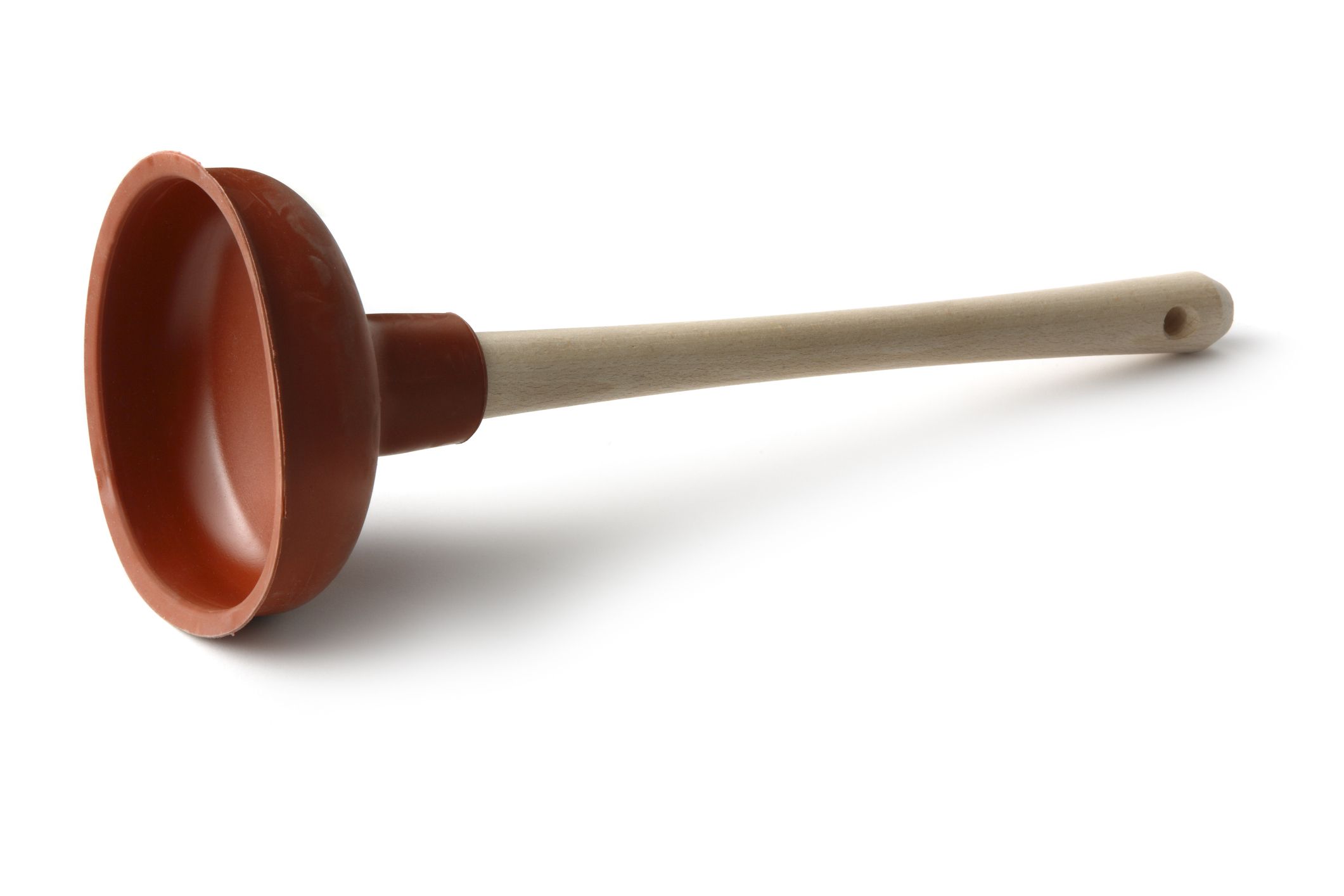


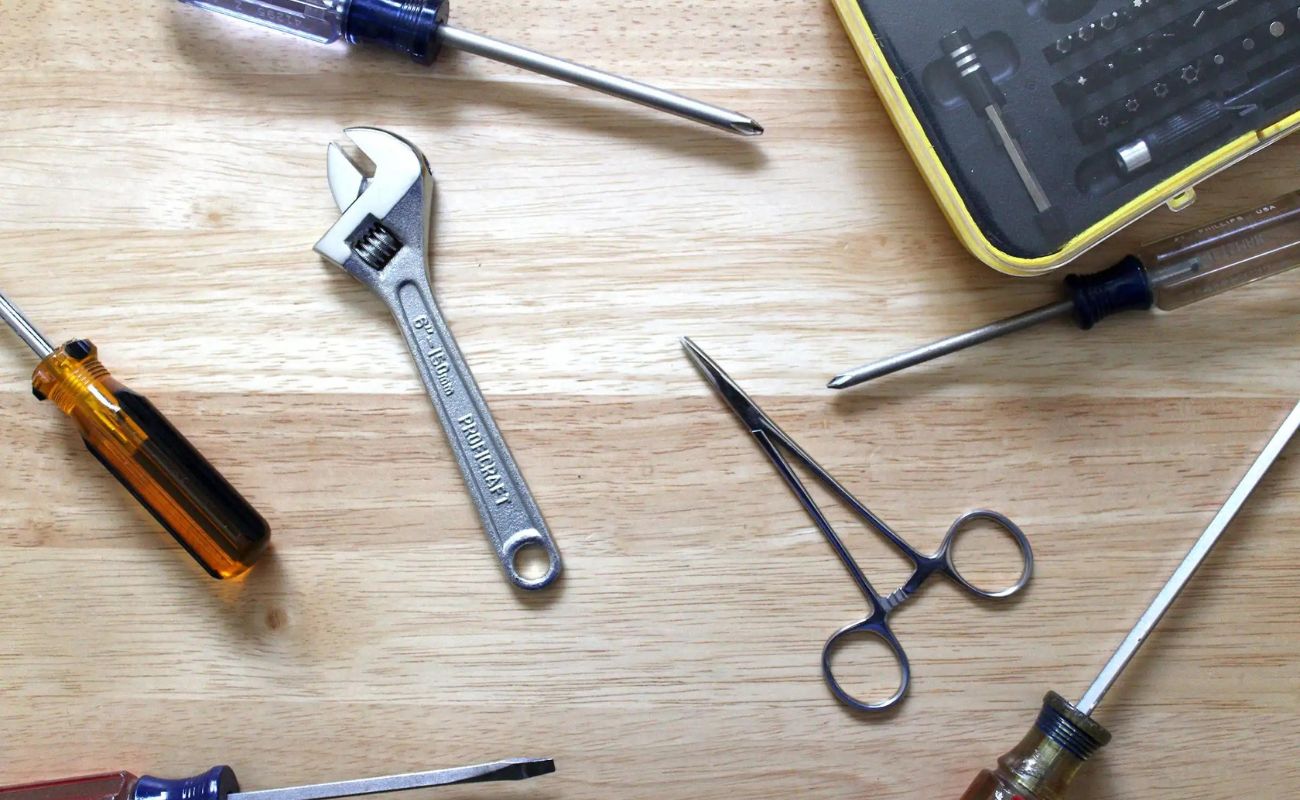

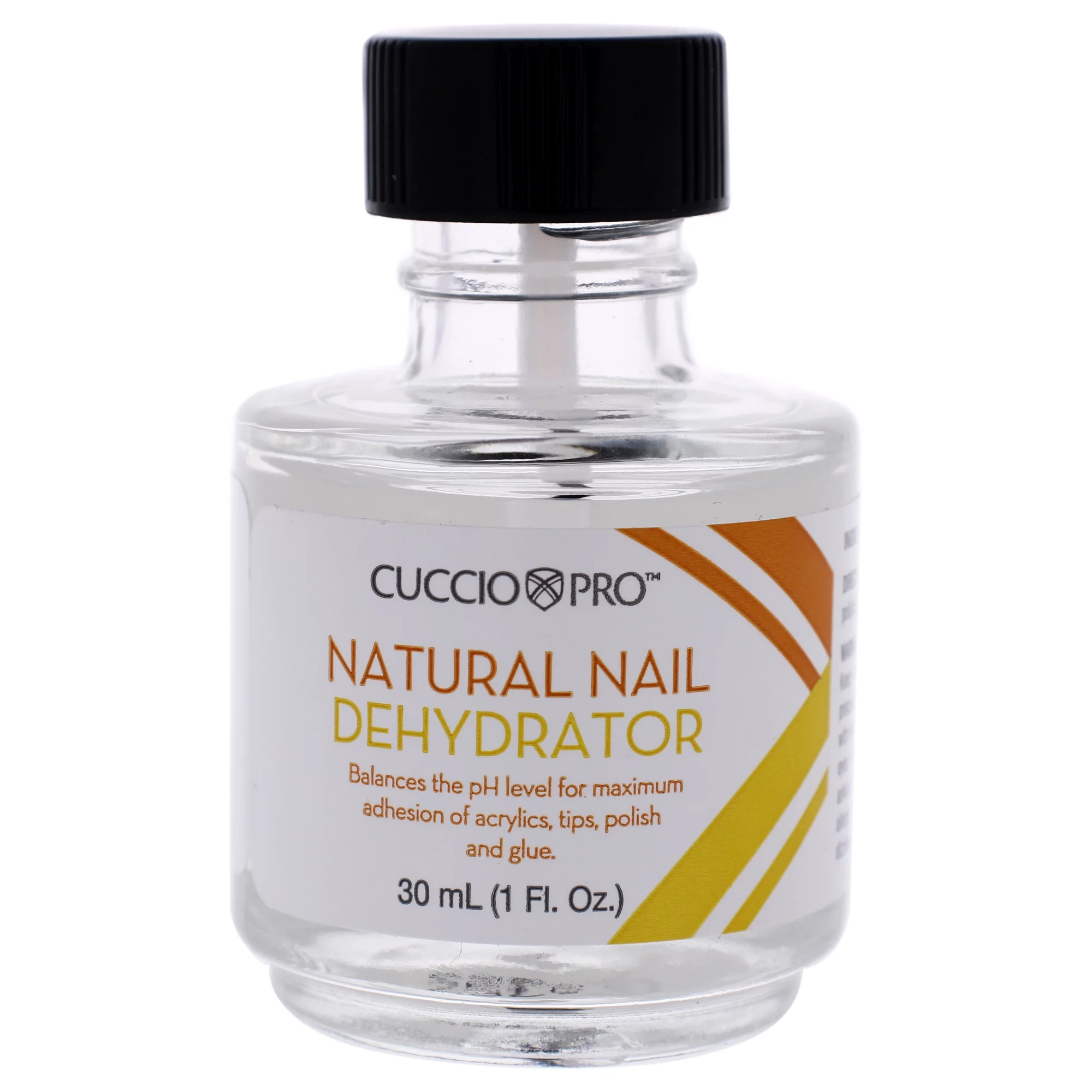
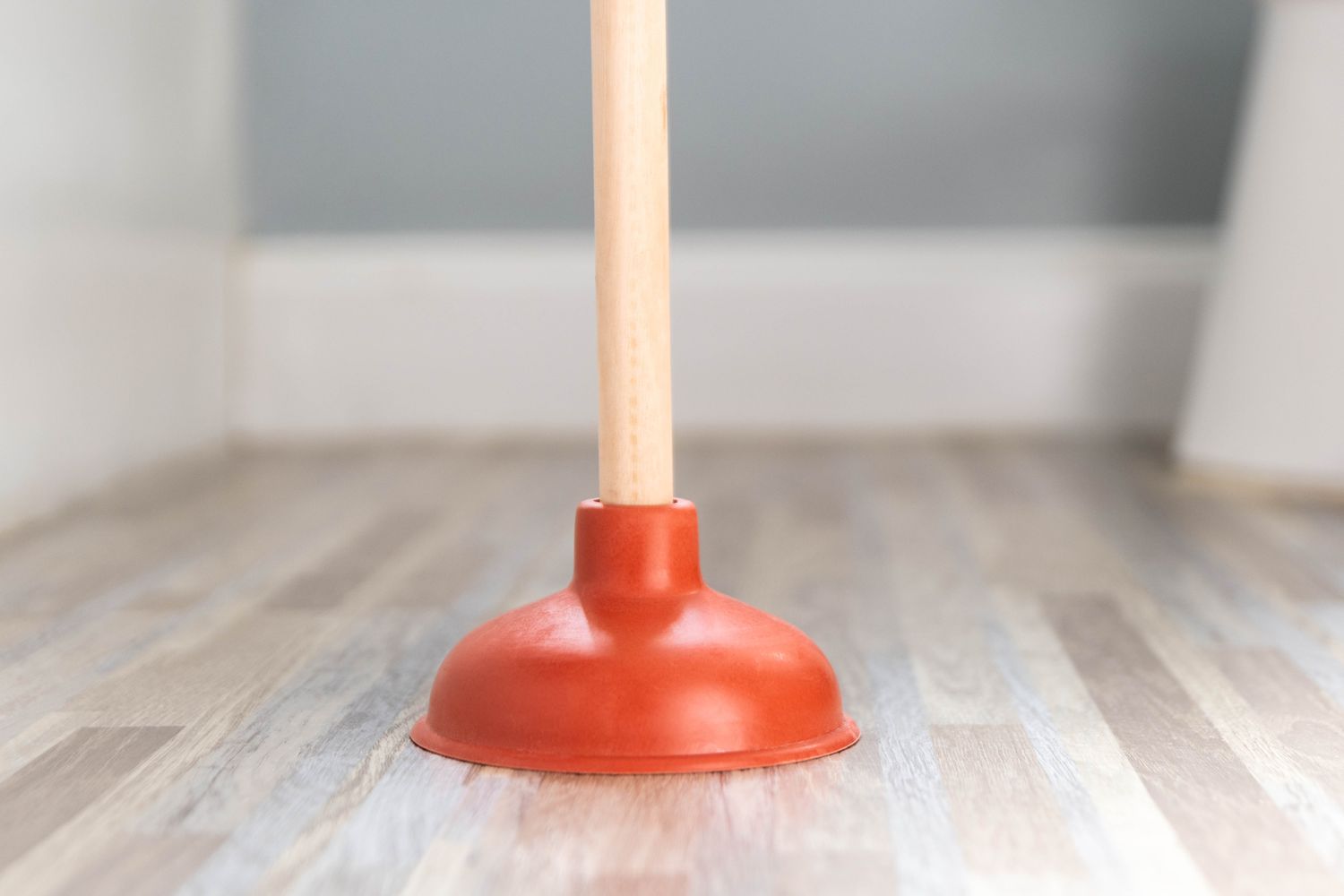
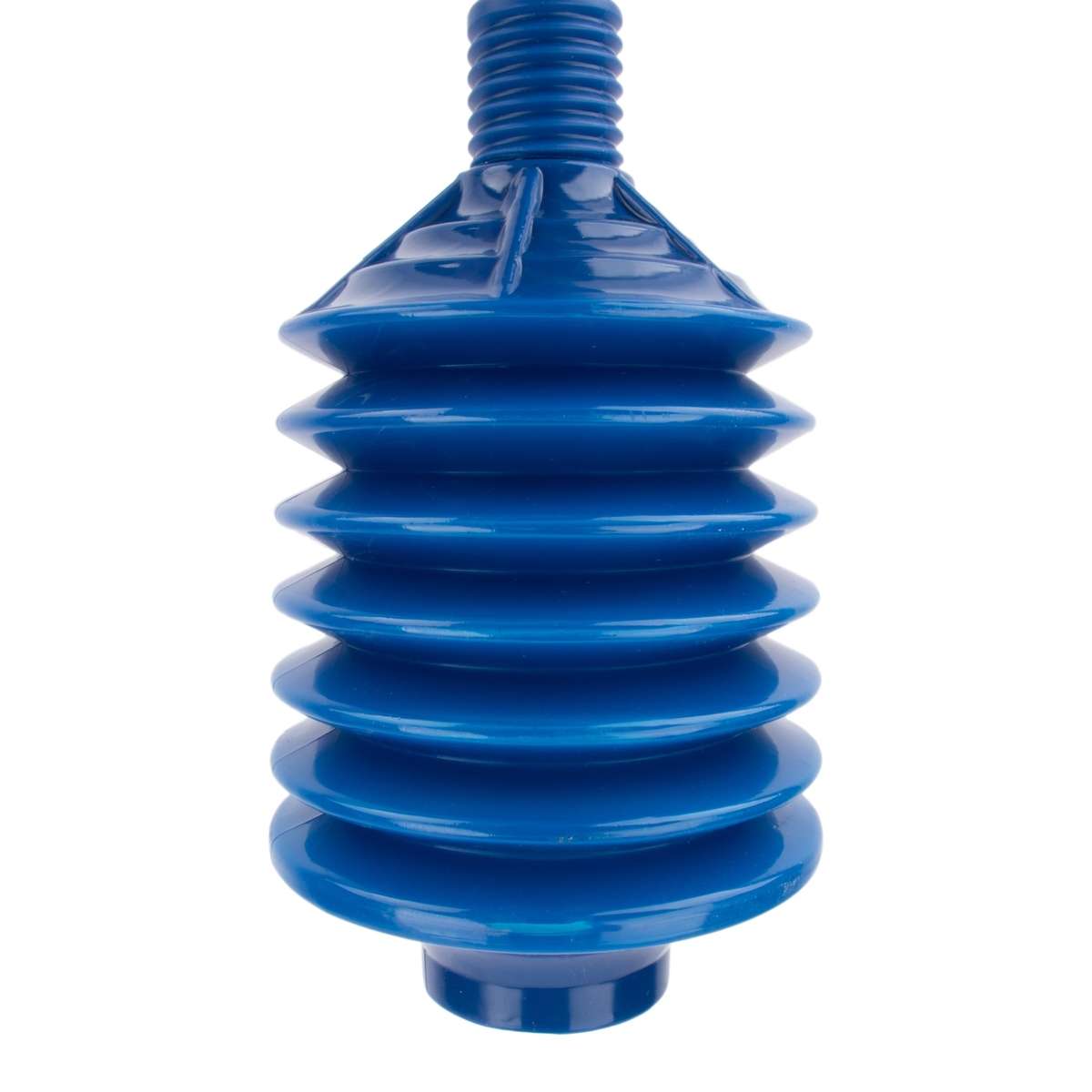


0 thoughts on “What Can You Use If You Don’t Have A Plunger”